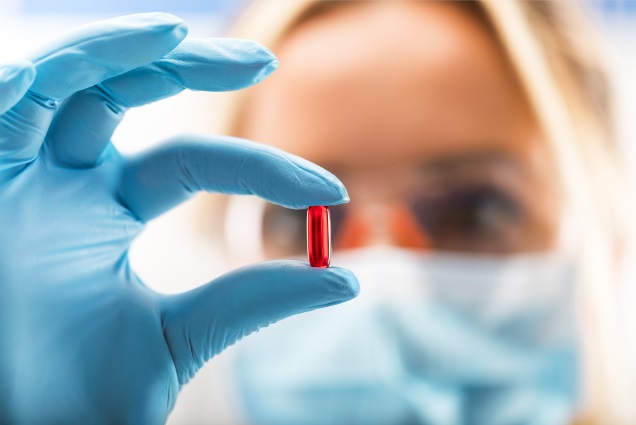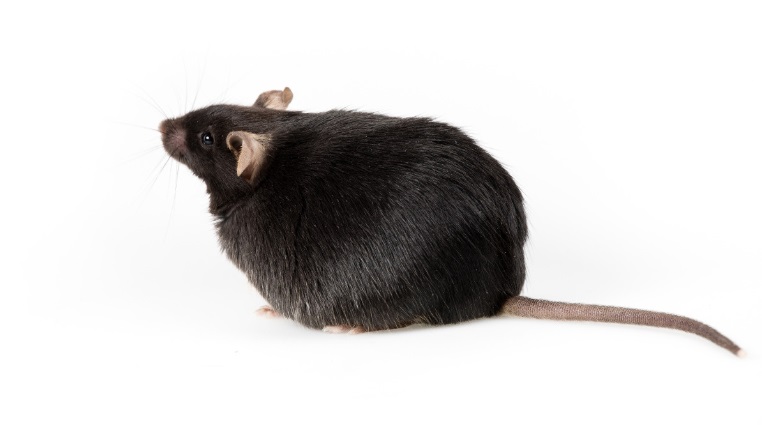The diet used in this experiment was D12079b, a classic western diet with 0.15% cholesterol. In the range of western diet, D12079b has the lowest cholesterol content and takes the longest time to induce atherosclerosis, about 16 weeks.
The cholesterol content of D12108c and D12109C was the same (1.25%), but the latter added sodium cholate. The induction time of D12108c was about 12 weeks and that of D12109C was about 8 weeks.
Although sodium cholate can be added to accelerate the development of atherosclerosis in mice, it usually aggravates the inflammation of arterial intima.
| Phenotype | APOE KO mouse | LDLR KO mouse |
|---|---|---|
| Hypercholesterolemia | ~400mg/dl;More than five times of the control group | ~200-275mg/dl; More than double of the control group |
| VLDL | Substantial increase | Moderate increase |
| IDL/LDL | Moderate increase | Substantial increase |
| HDL | Reduction | Moderate increase |
| Spontaneous plaque |
3-months-old:Lipid streaks appeared in the proximal aorta
8-months-old:Plaque appeared in the aortic |
None |
| Diet induced plaque | Large plaque appeared after 14 weeks of feeding with high cholesterol diet | Moderate plaque appeared after 14 weeks of feeding with high cholesterol diet |
| Spontaneous mutations | At 6-months-old | None |
| Diet induced mutations | It is in direct proportion to the cholesterol intake | Lipid streaks appeared in the aorta |
| Others | Abnormal spatial learning ability | Metabolic disorder syndrome appeared after feeding with high cholesterol diet |
 Formula Design of Lab Animal Diets
Formula Design of Lab Animal Diets
 Instruction for Use of Additives in the Lab Animal Diets
Instruction for Use of Additives in the Lab Animal Diets
 Correlation between body weight gain and temperature in mice
Correlation between body weight gain and temperature in mice
 3 Common Problems in Using High-Fat Rodent Diets
3 Common Problems in Using High-Fat Rodent Diets